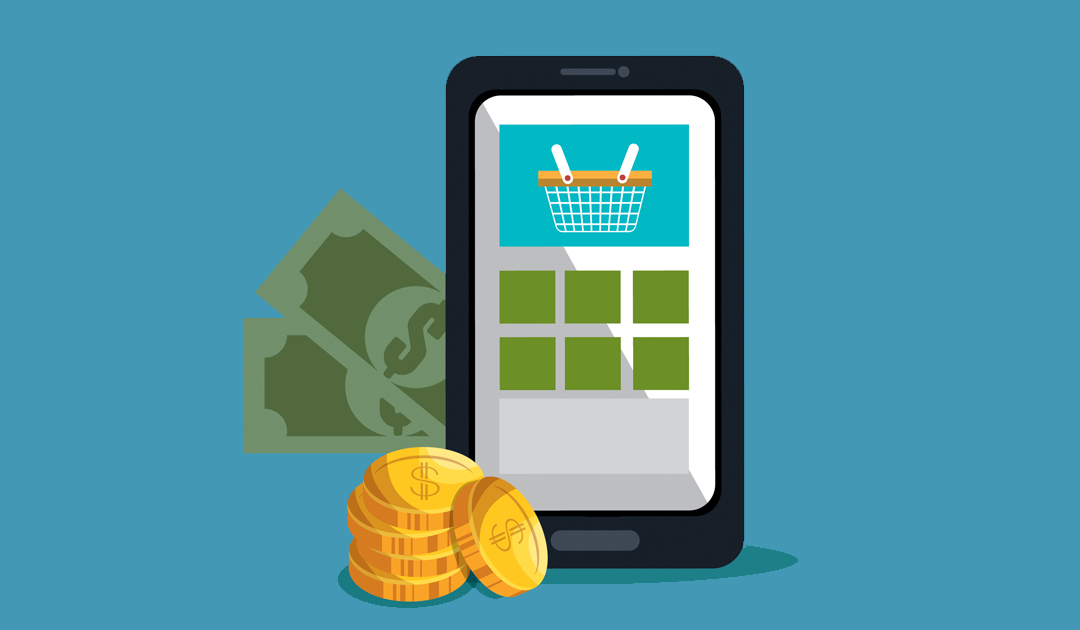Business ultimately comes down to communication. Whether you’re in sales or marketing, your job is to make sure the other party understands your business and knows the value your service or product can bring to them. It doesn’t matter if you’re remodeling kitchens or selling sports cars, the name of the game is the same: communicate.
And the biggest issue with communication is that it’s a two-way street. You can give your potential customer the finest, most erudite explanation of who you are and what you do, wrapped up in a bow with a concrete measure of how you will make their life better or their own business more profitable, and find yourself running into a brick wall when the other person just chooses not to listen.
And that’s when it’s time to stop working the sales pitch and start working the customer. They’re human, same as you, with the same human pitfalls and vulnerabilities. They have a brain in their head just like yours, and it’s prone to the same biases and psychological rules as yours. Find out what those rules are, and you’ll learn how to get around them. Then, it’s time to sit back and watch the sales roll in.
The Law of Reciprocity
One of the simplest mind hacks is also one of the most effective: The Law of Reciprocity. In essence, when someone does something nice for you, your brain is wired to want to return the favor. This blog from Salesforce does a nice job of running down how this law works, but in essence it’s that impulse you feel to buy something after you’ve been handed a free sample.
Just like the person at the grocery store handing out tiny papers cups of salsa, you can hack your customer’s mind by offering up that small goodie that will prompt them to buy with you. That can be anything from a free gift with purchase to exclusive content. If you give a little, you’ll get a lot.
The Halo Effect
Wikipedia hilariously over describes The Halo Effect as “a type of immediate judgement discrepancy, or cognitive bias, where a person making an initial assessment of another person, place, or thing will assume ambiguous information based upon concrete information.” To put it simply, appearances are everything. Generally speaking, if someone sees a picture of an attractive person they’ll have a better overall impression of that person.
So, basically just put sexy people out there and your product will sell, right? Well, yeah actually, but that’s not really what we’re talking about here. Essentially, if your potential customer sees your brand aligned with something they view as positive, they will extend that positive feeling to you. That goes for everything from social movements to celebrity endorsements. So just get a celebrity endorsement and your product will sell, right? Well, again, yeah actually, but obviously that’s not feasible for everyone. A great way to get around that is to make members of your own staff celebrities. Share some of their recommendations, top product picks and personally curated items that are germane to your business. The positive reactions they reap will then extend to your whole business.
Informational Social Influence
Informational Social Influence, put simply, is social proof, whether you know them or not, you are prone to like things more if it looks like other people like it.True, Nielsen will tell you that 83 percent of consumers trust product recommendations that come from their friends and family, but the influence of people outside of their immediate social sphere can’t be ignored. After all, you need only spend about ten minutes on Instagram before you’ll find someone who has positioned themselves as an “influencer,” helping others discover how much they like a product by the simple act of liking it themselves (or at least pretending to like it).
But it’s not just about courting influencers and counting on their word to drive interest. Something as simple as a section on your site devoted to top-selling products or most popular services will serve as social proof, providing potential customers with a glimpse at what everyone else is buying. Nothing attracts a crowd, after all, like a crowd.
The Scarcity Principle
It’s a classic for a reason. The scarcity principle, in case you didn’t know, is a psychological theory that basically says people will value something higher if there’s less of it to go around. This principle has been used to sell everything from Starbucks’ ridiculously carbo-loaded Unicorn Frappuccino to (allegedly) the Nintendo Switch.
So how can you make the scarcity principle work for you? Well the obvious answer is make only a limited supply. But those in the service sector can take advantage of this as well. Do you have a sale you’re running on a particular service or a service you’re only offering seasonally? Make sure the clock is ticking, and your customer is aware of the limited time left. Or, make it clear that you only have so many openings for a particular service and let them know exactly how many there are and how quickly they’re running out.
Want to learn more? Give us a call at 904.257.8154, or fill out our contact form.
Also, don’t forget to download our Guide to Digital Marketing for the latest insights.

